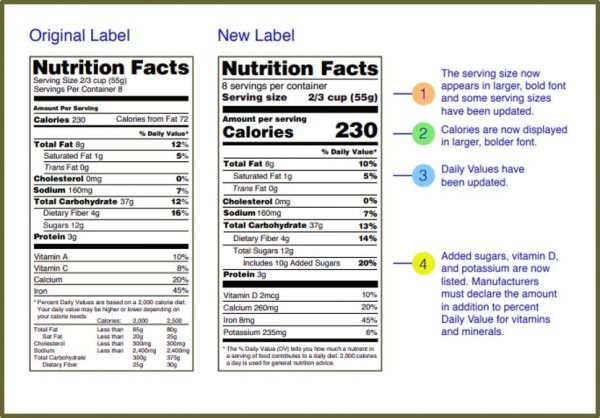
Serving size on food label
Do you know, recently FDA has updated the Nutrition facts label? According to FDA, new Nutrition facts food label depicts the serving sizes based on the amount of food people typically consume, rather than how much a person should consume. What we should know is, serving sizes are not the reflection of what we consume.
Our food habits and portion that we consume have changed a lot in past two decades. A half cup of ice cream or a scoop of ice cream used to be the norm. Now, people eat more than half scoop in one sitting.
In a food label the projected serving size could be misleading and can be sneaky! The size of package or packaging used to decide how much people should consume. For example, if you finished a bag of potato chips and see the label, most time you would have consumed more fat, calories and servings than that mentioned. Another example is drinking soda. If the serving size is 12 ounces and you buy 20 oz bottle you left with probably less than 8 oz, means generally you will consume more than 70% of the recommended serving size. Moreover, you don’t want to leave that little bit drink behind, don’t you? Similarly, when you eat morning cereal, you might notice, if the serving size is ¾ cup in cereal bowl, you would eat more than that because it ¾ cup looks little for your stomach.
What we should keep in mind when we look at serving size:
- Serving size is not a recommendation of how much we drink or eat. It tells us one serving means so much grams and convert it to calories.
- One package might contain more than one serving
- Some packages might have two labels – one for calories and nutrients and the other column listing all information about the food package. It will also tell us the calories and nutrients that we consume.
If we know that the food, we consume is rich in fat and calories, then it is up to us to “control the portion size” so that our intake of fat and calories does not exceed.
Image credit: https://www.fda.gov/media/135197/download
Author: Sumana Rao | Posted on: November 17, 2021



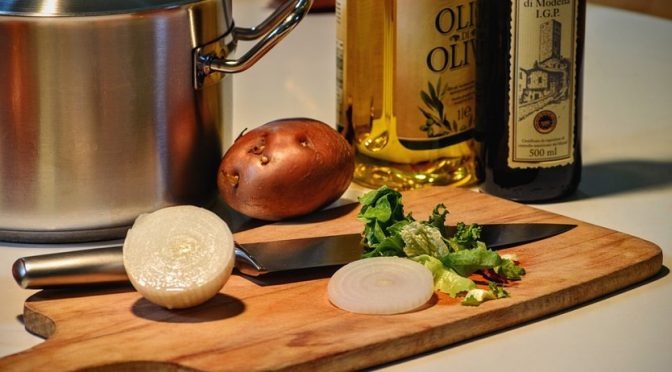
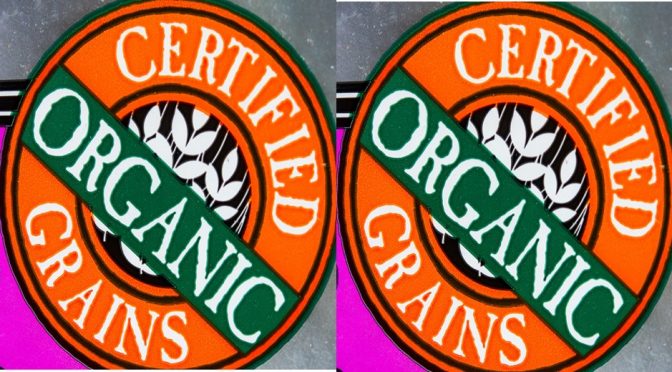
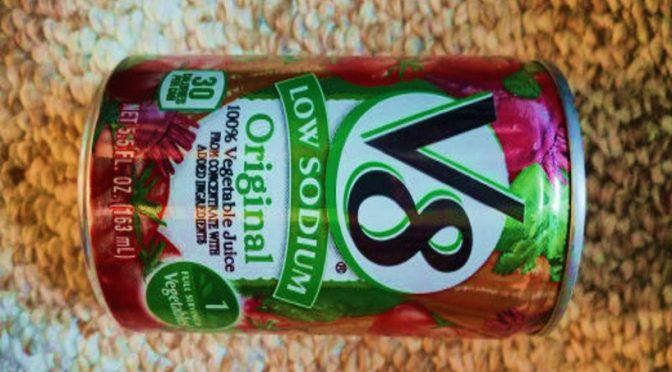
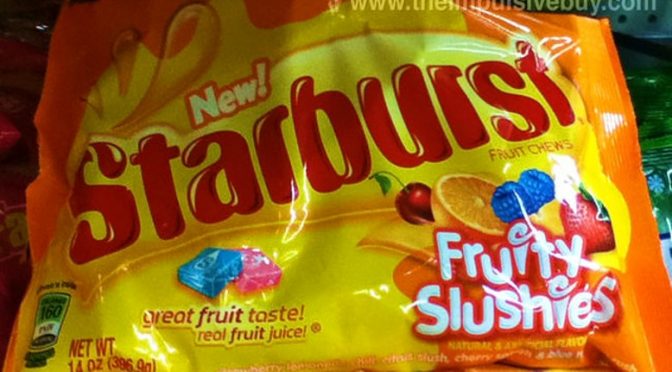

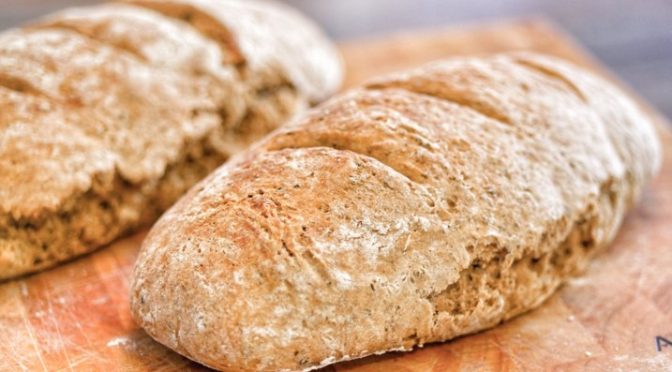
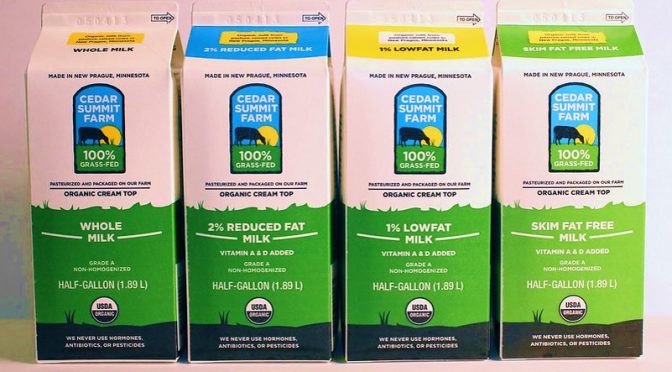




















Write a comment